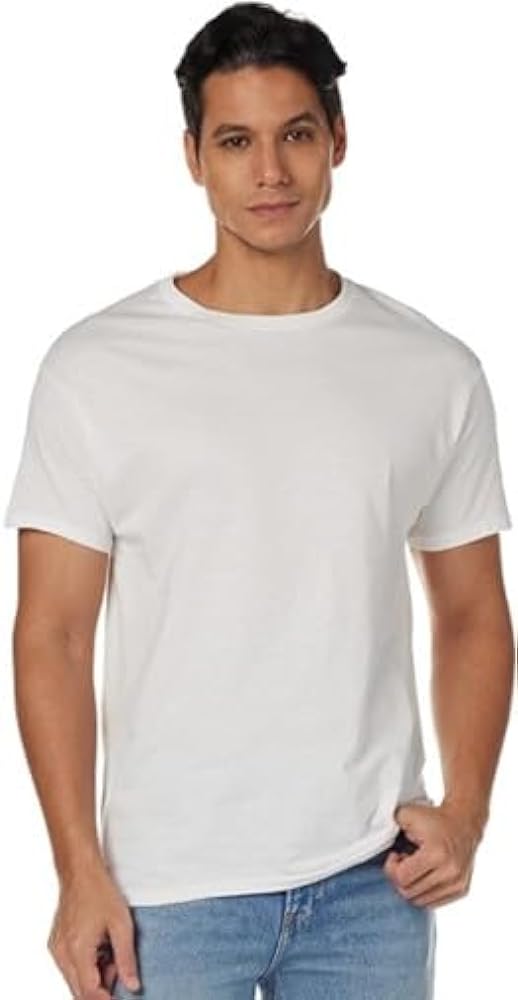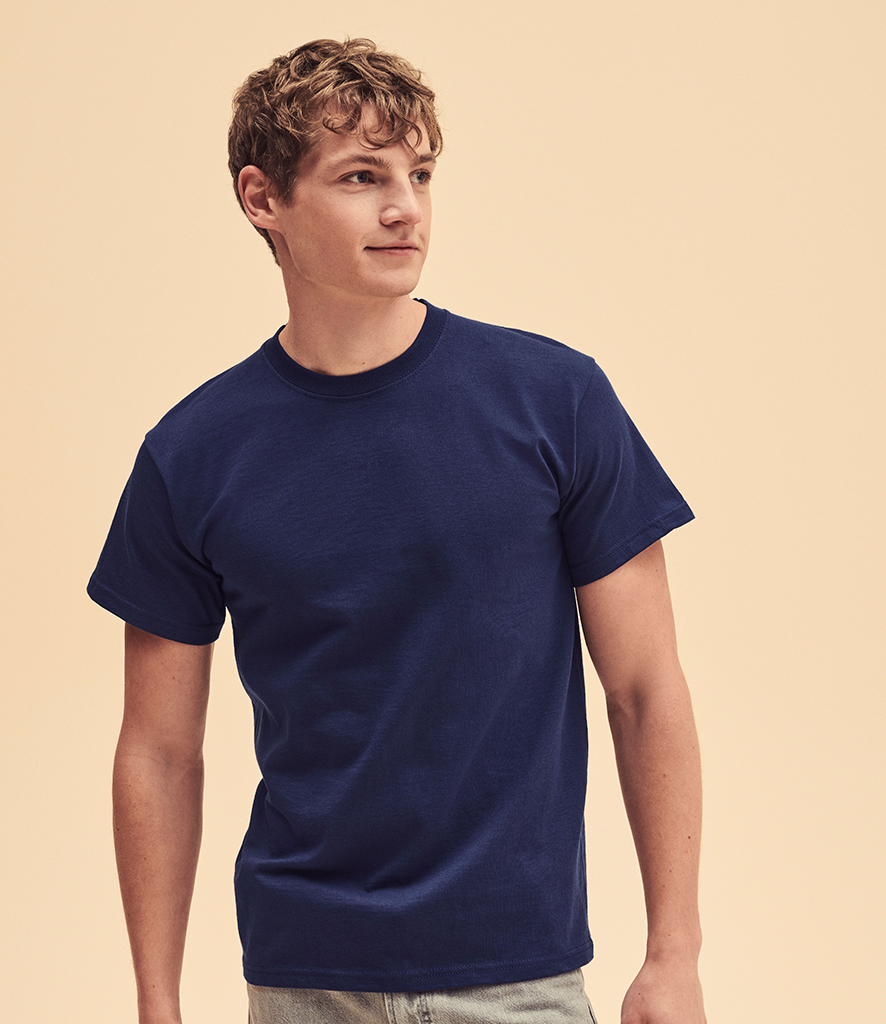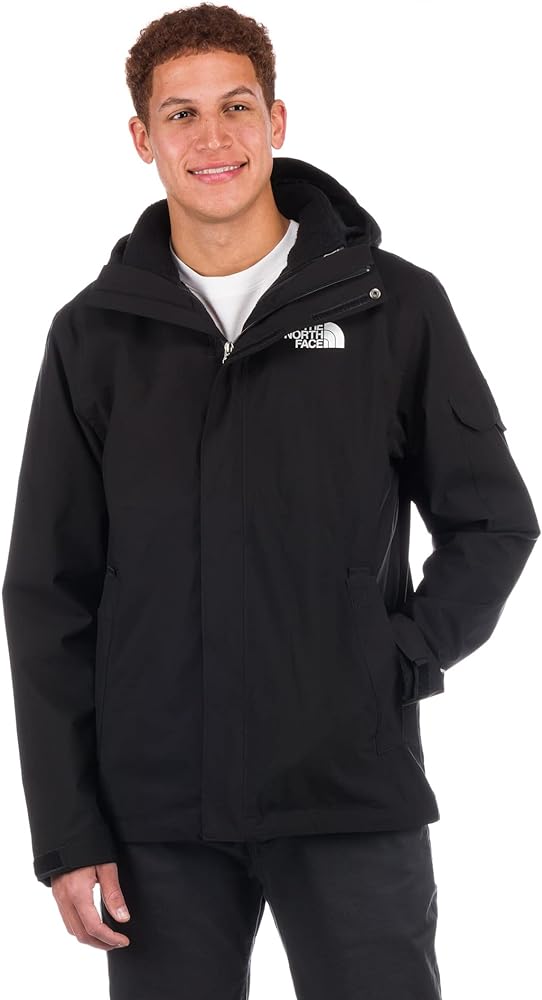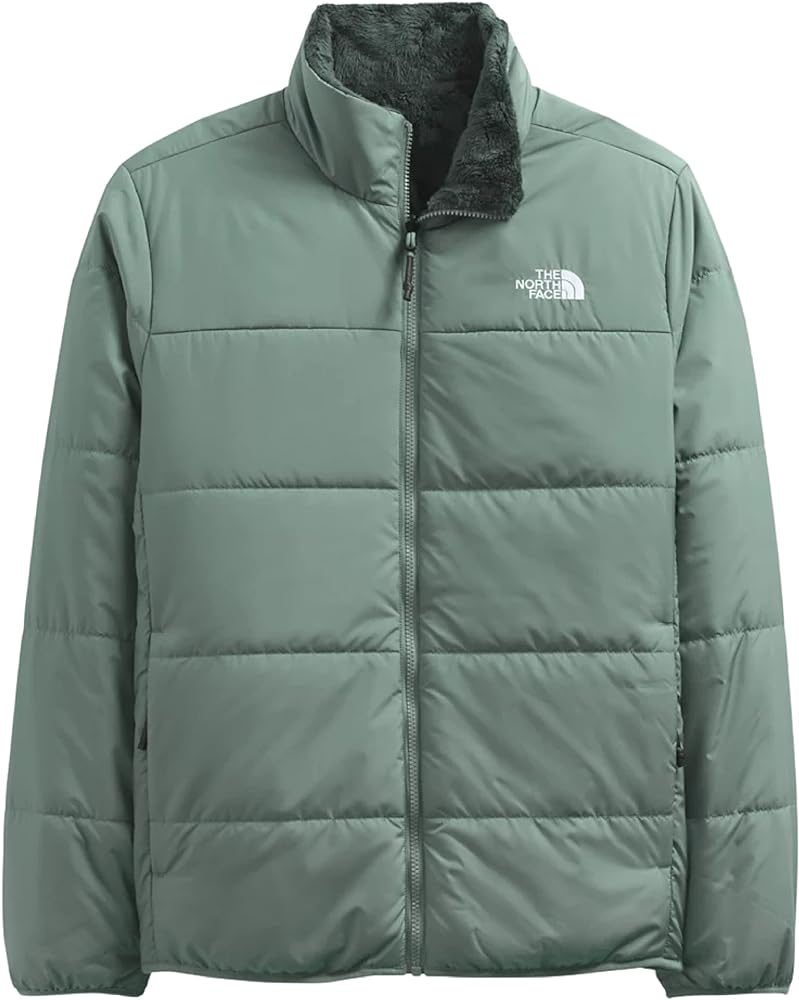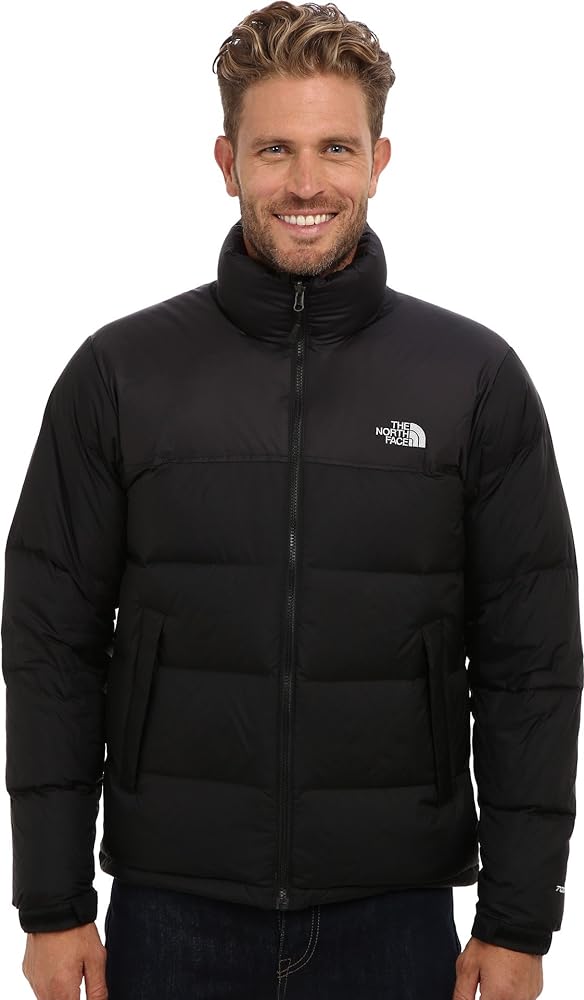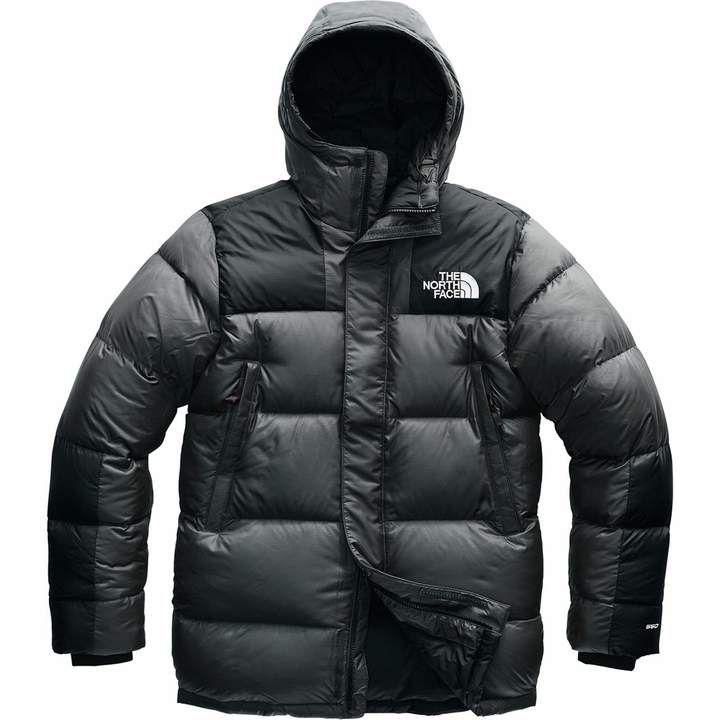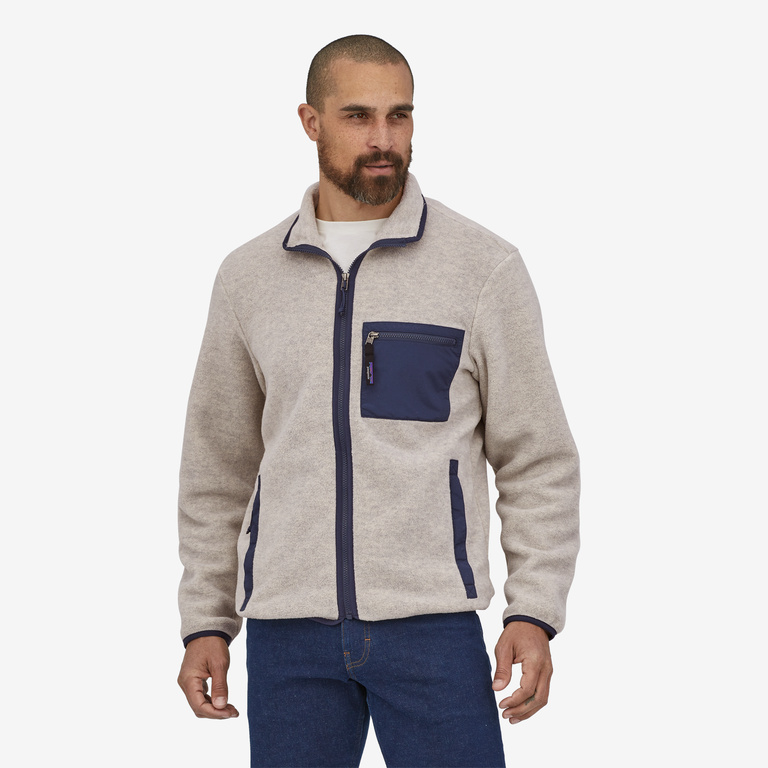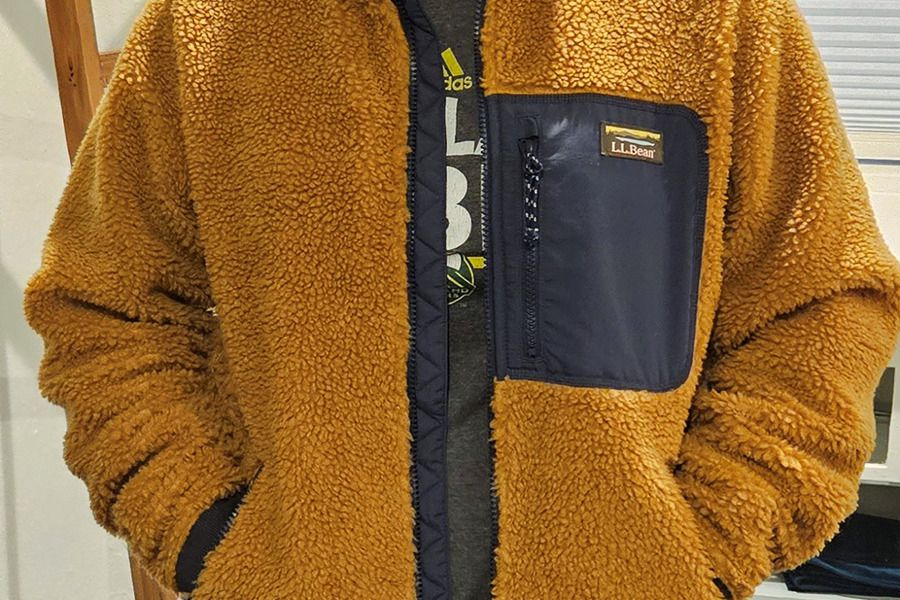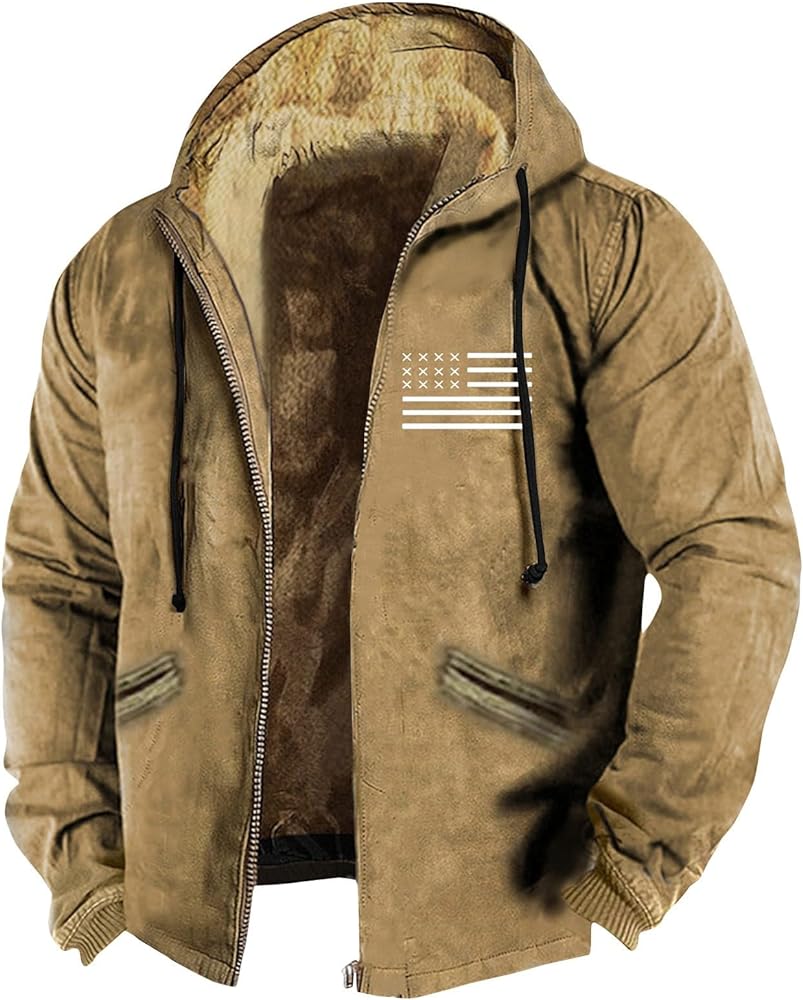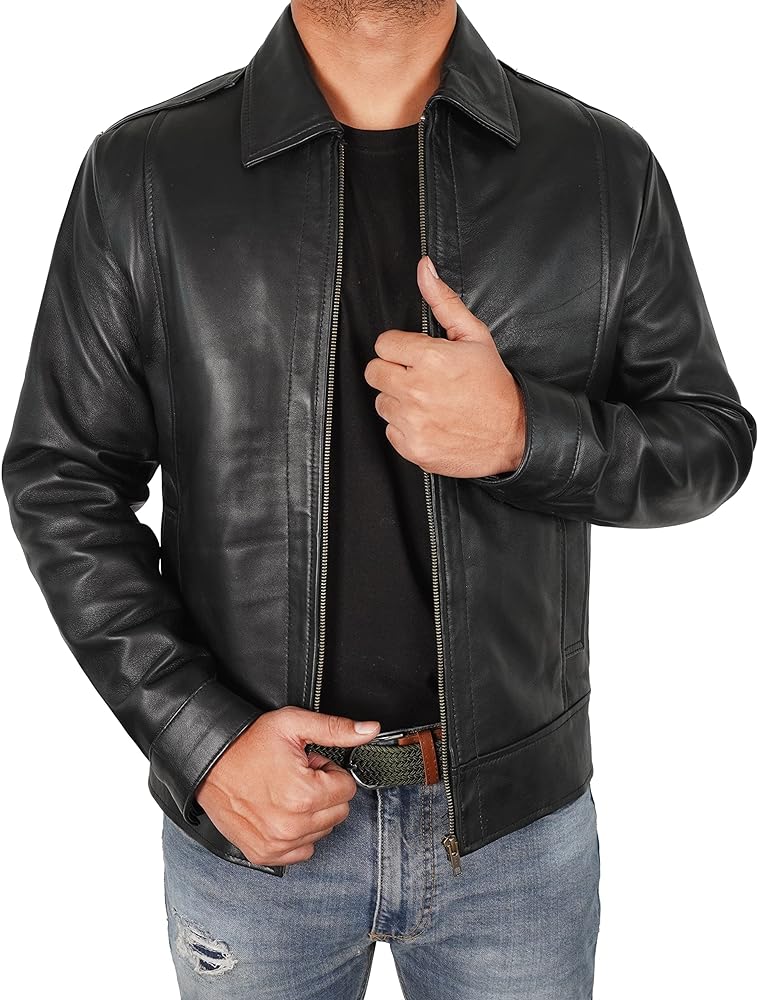
I. Introduction
A. Brief Overview of Below-the-Knee Cargo Shorts
Stepping beyond the realm of ordinary shorts, below-the-knee cargo shorts have carved a distinctive niche in the world of fashion. These elongated shorts, characterized by their ample pockets and relaxed fit, have captivated generations with their unique blend of practicality, comfort, and style. Their journey began as functional apparel for military personnel, gradually transitioning into mainstream fashion, becoming a symbol of rebellion, hip-hop culture, and personal expression. Today, below-the-knee cargo shorts remain a popular choice for men seeking a versatile and stylish wardrobe staple.
B. Purpose and Appeal
The allure of below-the-knee cargo shorts lies in their ability to seamlessly blend functionality with fashion. Their spacious cargo pockets, often adorned with signature brand patches, provide ample storage for everyday essentials, from smartphones and keys to wallets and even small gadgets. This practical aspect makes them ideal for casual outings, outdoor adventures, and even work environments. Beyond their utility, below-the-knee cargo shorts offer a relaxed and comfortable fit, allowing for freedom of movement and all-day wearability. The loose-fitting silhouette flatters various body types, making them a versatile choice for men of all shapes and sizes.

C. Types and Styles of Below-the-Knee Cargo Shorts
The world of below-the-knee cargo shorts offers a diverse range of styles to suit individual preferences and occasions.
-
Classic Cargo Shorts: Embodying the timeless appeal of the style, classic below-the-knee cargo shorts typically feature a straight leg fit, a mid-rise waist, and traditional cargo pockets. Made from durable cotton twill or ripstop fabric, they offer a long-lasting and comfortable option for everyday wear.
-
Modern Cargo Shorts: Embracing contemporary trends and designs, modern below-the-knee cargo shorts often feature slimmer fits, tapered legs, and updated cargo pocket styles. Lighter fabrics like cotton blends or ripstop nylon provide a more modern and streamlined look.
-
Specialty Cargo Shorts: Catering to specific activities and preferences, specialty below-the-knee cargo shorts offer enhanced functionality and performance. Performance-oriented shorts feature moisture-wicking fabrics and athletic cuts for outdoor adventures. Workwear-inspired shorts provide reinforced construction and additional pockets for rugged work environments. Fashion-driven collaborations and limited editions push the boundaries of design, incorporating unique patterns and materials.
II. Benefits of Below-the-knee Cargo Shorts
A. Ample Storage and Functionality
Below-the-knee cargo shorts are renowned for their ample storage capacity, thanks to their multiple cargo pockets. These pockets provide convenient and secure storage for everyday essentials, eliminating the need for bulky bags or backpacks. The secure closures ensure that valuables remain safe, even during active pursuits.
B. Comfort and Relaxed Fit
The relaxed fit of below-the-knee cargo shorts is a hallmark of their comfort and versatility. The loose-fitting silhouette allows for freedom of movement, making them ideal for casual wear, outdoor activities, and even lounging at home. The breathable fabrics used in their construction ensure all-day comfort, even in warm climates.
C. Versatility and Adaptability
Below-the-knee cargo shorts transcend the boundaries of casual wear, seamlessly adapting to various styles and occasions.
-
Casual Wear: For a relaxed and effortless look, pair your below-the-knee cargo shorts with a graphic tee and sneakers. Add a bomber jacket or denim shirt for cooler weather. Choose a neutral color palette for a timeless look, or embrace bolder colors and patterns to express your individuality.
-
Streetwear Looks: Elevate your streetwear style with a pair of slim-fit below-the-knee cargo shorts, an oversized graphic tee, and a fresh pair of sneakers. Don’t forget the accessories! A bucket hat or beanie adds a finishing touch, while a statement necklace or watch personalizes the look.
-
Outdoor Adventures: When venturing outdoors, choose a pair of below-the-knee cargo shorts made from moisture-wicking fabric. Pair them with hiking boots for optimal support and a backpack to carry essentials. A long-sleeved moisture-wicking shirt completes the functional and comfortable outfit for your outdoor adventures.
-
Workwear Aesthetics: For a casual workwear look, pair your below-the-knee cargo shorts with a work shirt and boots. Add a tool belt for functionality. This combination provides a balance of comfort and practicality for casual work environments.

III. How to Style
A. Casual Outfits
For a relaxed and casual look, pair your below-the-knee cargo shorts with a graphic tee and sneakers. Choose a simple graphic tee with a clean design to let the shorts take center stage. Add a bomber jacket or denim shirt for cooler weather. Choose a neutral color palette for a timeless look, or embrace bolder colors and patterns to express your individuality. A solid-colored tee paired with khaki cargo shorts creates a laid-back yet put-together ensemble.
-
Streetwear Looks: Don’t forget the accessories! A bucket hat or beanie adds a finishing touch, while a statement necklace or watch personalizes the look. A bucket hat and a pair of sunglasses can elevate a simple outfit of cargo shorts and a graphic tee, infusing it with a touch of streetwise swagger.
-
Outdoor Adventures: A long-sleeved moisture-wicking shirt completes the functional and comfortable outfit for your outdoor adventures. Choose a shirt in a color that complements your cargo shorts and hiking boots, creating a cohesive look that’s ready for any trail.
-
Workwear Aesthetics: This combination provides a balance of comfort and practicality for casual work environments. Opt for dark-colored cargo shorts made from a durable fabric like ripstop nylon for added resilience in work settings.

IV. Popular Brands
Below-the-knee cargo shorts are a staple offered by a wide range of brands, catering to various styles and budgets. Here are a few popular choices:
-
Carhartt: Renowned for their durable and stylish workwear-inspired clothing, Carhartt’s below-the-knee cargo shorts are built to last. They offer a functional and rugged look with a touch of military influence, making them ideal for work environments or everyday wear.
-
Patagonia: A favorite among outdoor enthusiasts, Patagonia prioritizes sustainability and functionality in their below-the-knee cargo shorts. Their offerings are comfortable, practical, and made with the environment in mind. Choose from a variety of styles featuring moisture-wicking fabrics and innovative designs, perfect for outdoor adventures.
-
The North Face: Specializes in adventure-ready apparel, The North Face offers below-the-knee cargo shorts designed for outdoor activities. These shorts often incorporate innovative technologies and performance-oriented features for maximum comfort and functionality when tackling challenging terrain.
-
Stüssy: Renowned for their streetwear options, Stüssy offers high-quality below-the-knee cargo shorts with iconic designs and a focus on exclusivity. Their trendsetting styles and limited-edition releases cater to fashion-conscious individuals seeking unique and eye-catching pieces.

V. Caring for Below-the-Knee Cargo Shorts
Proper care extends the life of your below-the-knee cargo shorts and maintains their sharp look. Here are some key tips:
-
Washing Instructions: Wash your shorts with cold water to prevent color bleeding and maintain the vibrancy of any colored accents. Opt for mild detergents that won’t damage the fabric. To protect any designs or logos, turn your shorts inside out before washing.
-
Drying Instructions: Skip the dryer! Hang your below-the-knee cargo shorts to dry to avoid shrinkage and ensure they retain their shape. Air drying is also gentler on the fabric, preventing excessive wear and tear.
-
Storage Tips: Store your below-the-knee cargo shorts in a cool, dry place. Avoid direct sunlight and extreme temperatures, as these can damage the fabric and fade the color. Proper storage keeps your shorts looking their best for longer.

VI. Cultural Significance and Impact
Below-the-knee cargo shorts hold more than just practical value. They represent a unique blend of symbolism and cultural influence:
-
Symbol of Masculinity: Throughout history, utilitarian clothing has been associated with strength and toughness. Below-the-knee cargo shorts embody this association, making them a popular choice for men who want to project a confident and masculine image. The practical pockets and relaxed fit contribute to this perception.
-
Linked to Hip-Hop Culture: In the 1980s and 1990s, below-the-knee cargo shorts became synonymous with rebellion and nonconformity, often worn by hip-hop artists and fans. This association continues today, with below-the-knee cargo shorts remaining a popular choice for those who want to express their individuality and challenge societal norms.
-
Fashion Statement and Trendsetter: With a variety of styles and colors available, below-the-knee cargo shorts allow you to express your individuality and create a unique look. Whether you prefer a classic or modern style, there’s a pair of below-the-knee cargo shorts that reflects your personal taste. They have transcended mere clothing, becoming a fashion statement and trendsetter for generations.
-
Military Influence: Their cargo pockets and relaxed fit evoke the practicality of military uniforms. Below-the-knee cargo shorts offer a subtle nod to military history and the values associated with it, such as discipline and resilience.

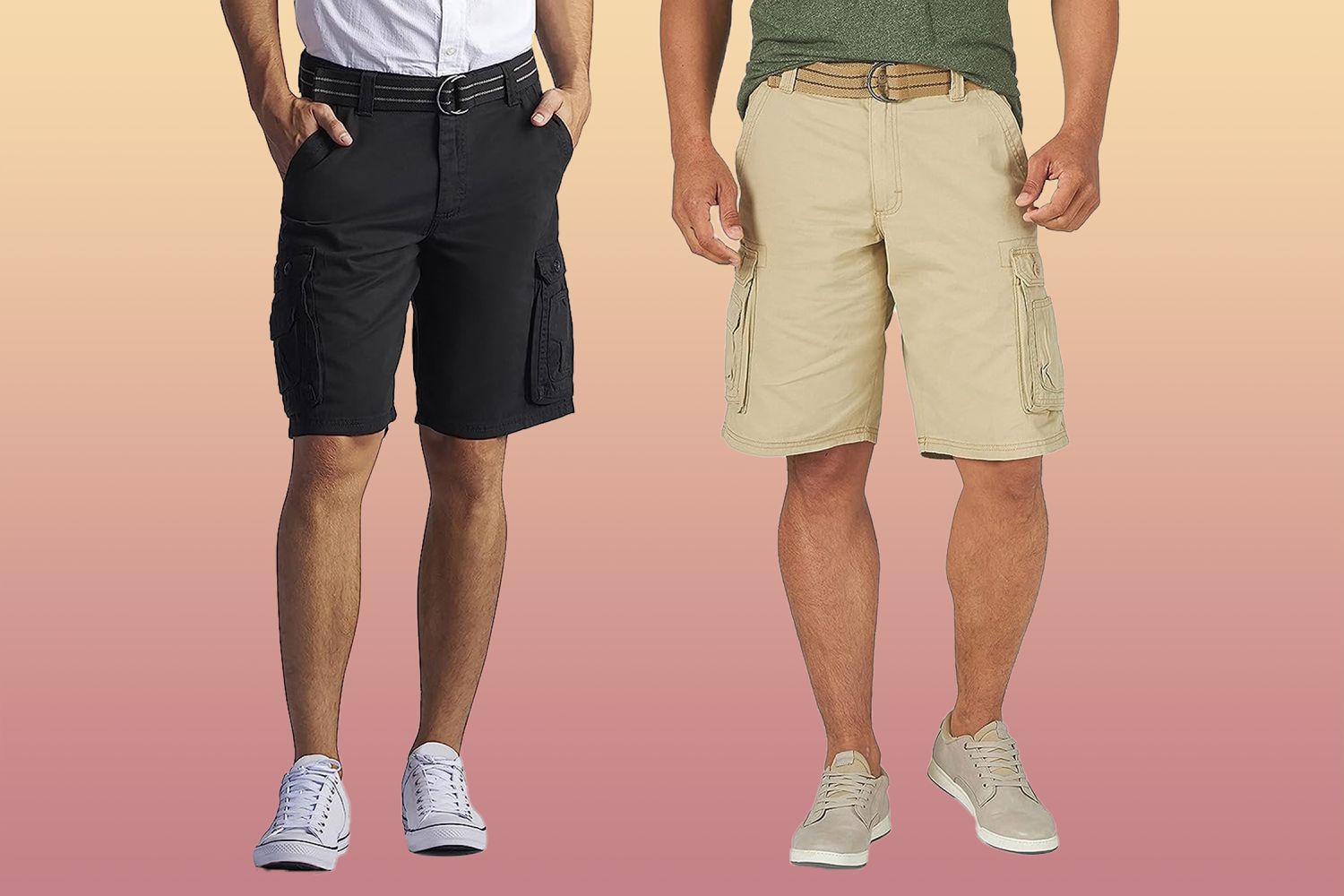
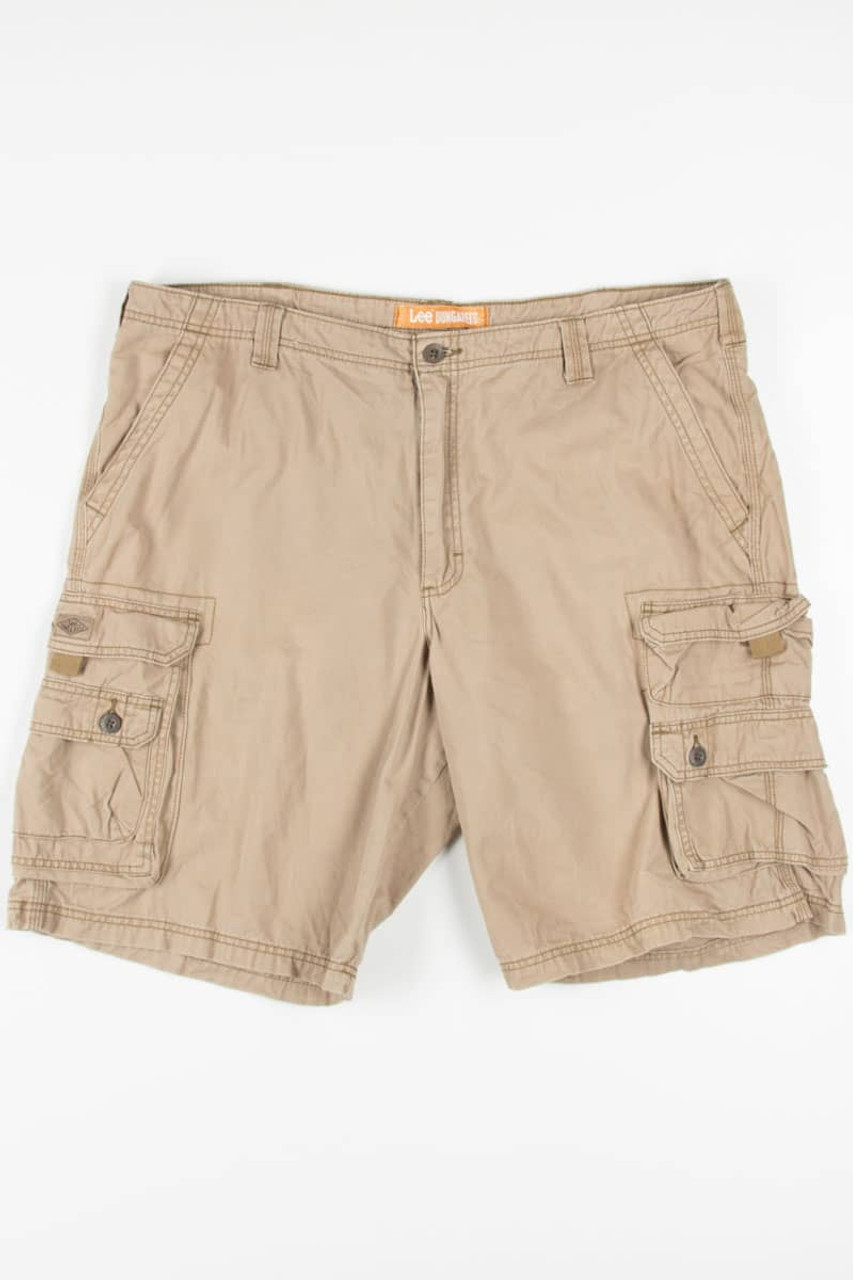

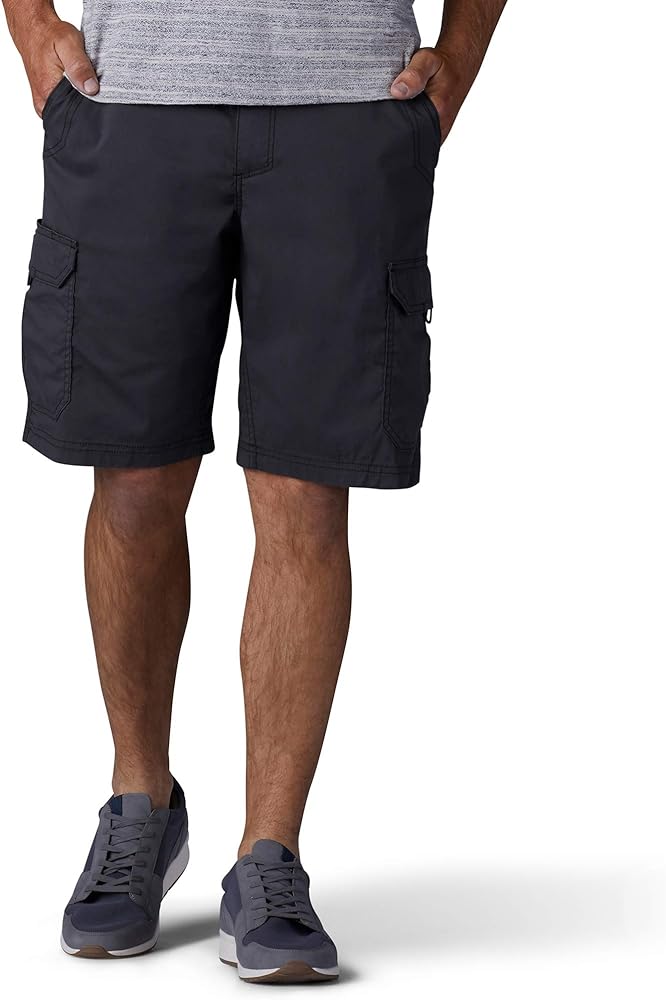



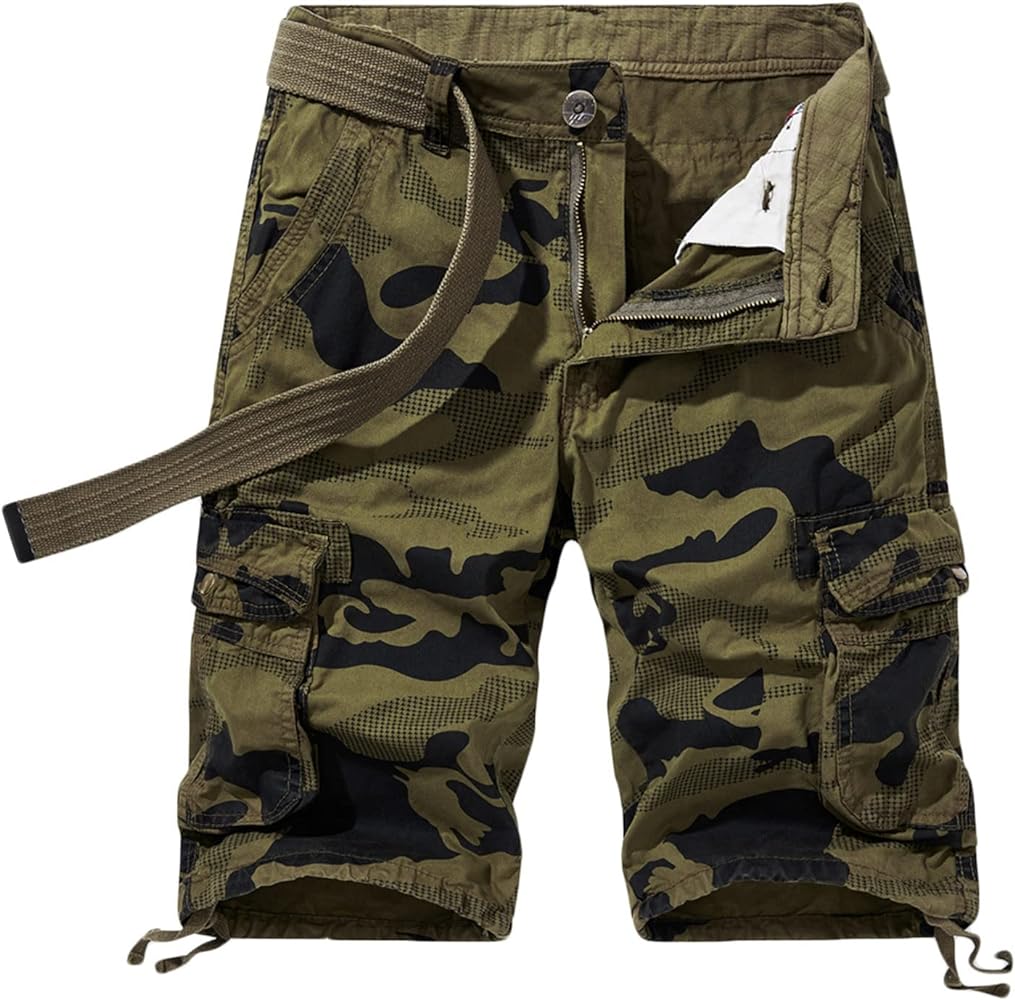

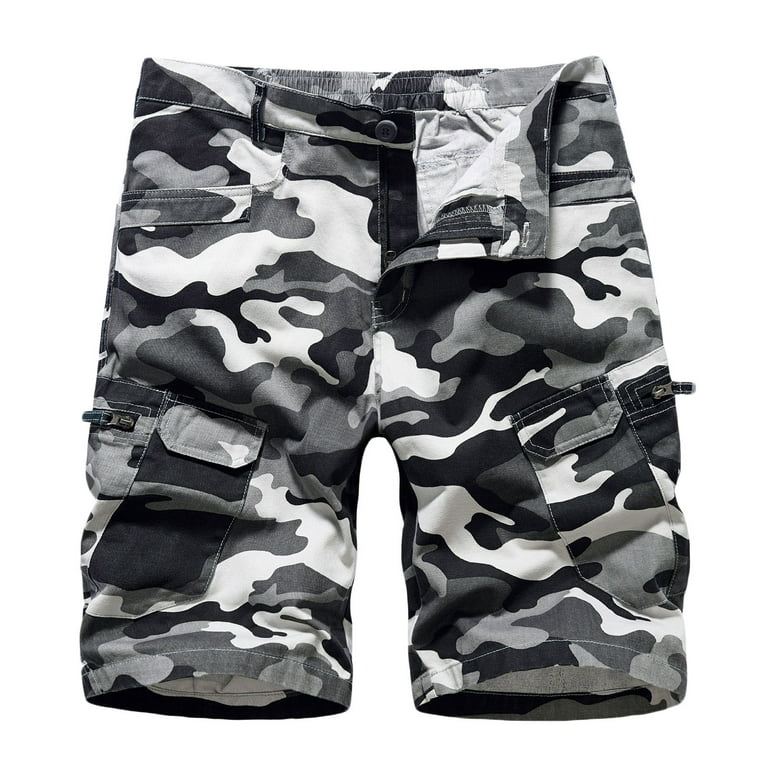


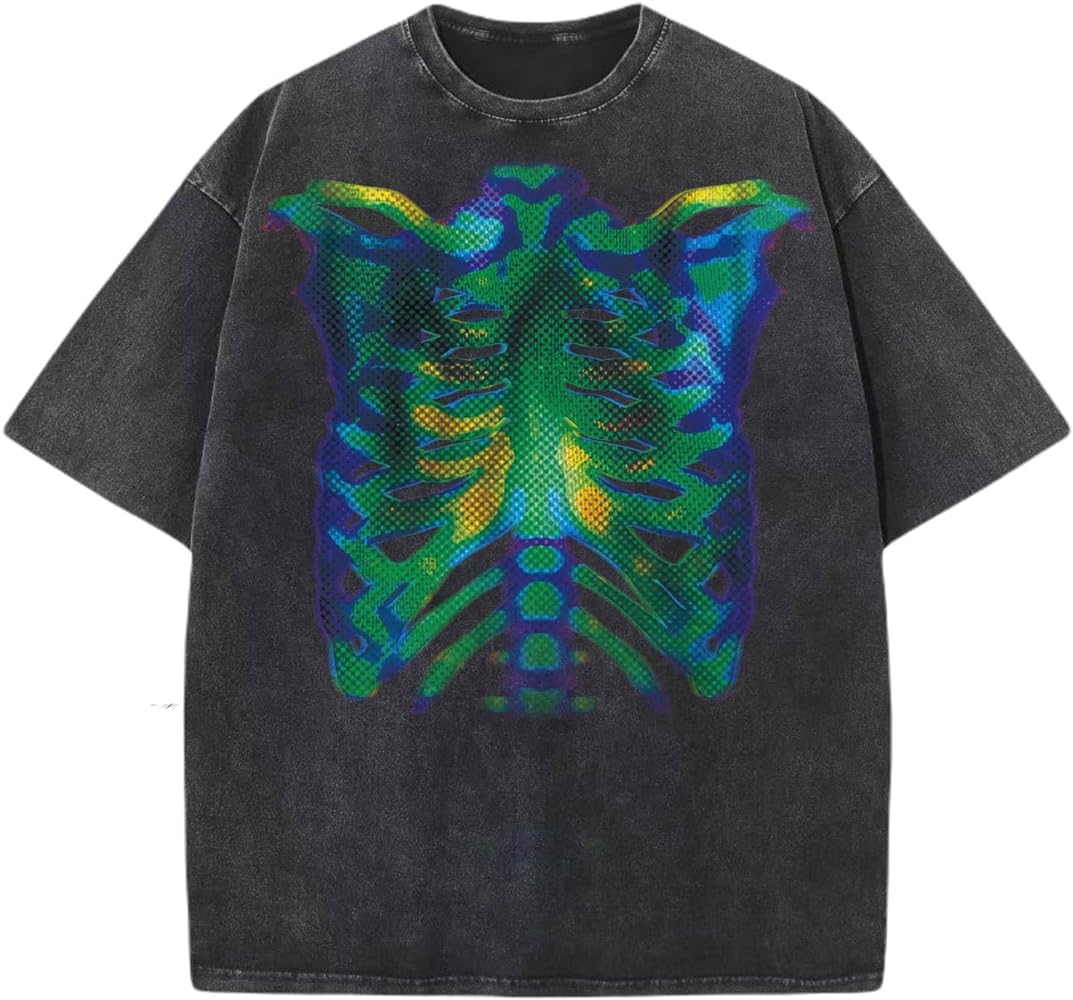







 I. Introduction: The Enduring Appeal of Cotton T-Shirts
I. Introduction: The Enduring Appeal of Cotton T-Shirts